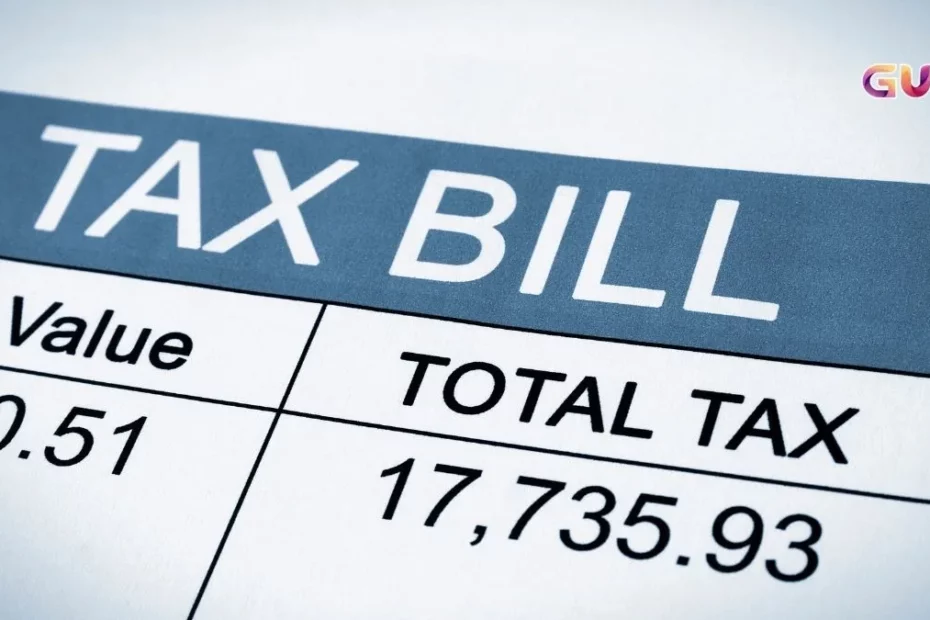WASHINGTON, D.C. — A sweeping new tax proposal, informally dubbed “One Big Beautiful Bill” by President Donald Trump, is making waves in Washington—and in households across the U.S. Introduced on May 9, 2025, by the House Ways and Means Committee, this bill aims to extend and expand key provisions of the 2017 Tax Cuts and Jobs Act before they expire in 2026.
From standard deductions and child tax credits to estate exemptions and business tax relief, the bill introduces bold changes that could impact virtually every taxpayer—especially parents, business owners, and seniors. Here’s what you need to know.
Standard Deduction
One of the biggest centerpieces of the bill is making the Trump-era standard deduction permanent. Without congressional action, these deductions would drop sharply after 2025, increasing the taxable income of millions.
But under the new proposal, not only are the current levels locked in, a temporary increase would apply from 2025 through 2028:
| Filing Status | Current Deduction | Proposed (2025–2028) |
|---|---|---|
| Single | $15,000 | $16,500 |
| Head of Household | $22,500 | $24,000 |
| Married Filing Jointly | $30,000 | $33,000 |
This offers short-term relief and shields taxpayers from a post-2025 tax hike.
Child Tax Credit
Currently stuck at $2,000 per child, the Child Tax Credit (CTC) hasn’t changed since 2017—and it’s not even indexed to inflation. The new bill proposes:
- Increase to $2,500 per child (2025–2028)
- Indexing to inflation starting in 2029
This change provides immediate relief to families and ensures the CTC maintains its value in future years.
Bracket Creep Fix: CPI Over Chained CPI
Ever heard of “bracket creep”? It happens when rising wages push you into a higher tax bracket—even if your income is only keeping up with inflation. That’s partly because federal brackets are currently adjusted using chained CPI, a slower-moving inflation index.
The new bill proposes switching back to traditional CPI, which better tracks real cost-of-living changes. That could mean lower effective tax rates over time, especially for middle-income earners.
Estate and Gift Tax Exemption
Currently, the federal estate and gift tax exemption is $13.9 million per person—a historic high. The new GOP proposal would:
- Increase the exemption to $15 million
- Make the increase permanent
- Index the exemption for inflation
- Align the generation-skipping transfer (GST) tax exemption to the same level
This is a major win for high-net-worth individuals and families engaging in legacy or estate planning.
Business Tax Relief
The bill also makes Trump-era business tax cuts permanent, including:
- 20% deduction for pass-through entities (LLCs, S-Corps, partnerships)
- Corporate tax rate locked at 21%
This move could free up capital for small and mid-sized businesses, particularly in fields like real estate, law, and health care.
SALT Deduction Cap Raised to $30,000
The State and Local Tax (SALT) deduction cap, introduced in 2017, limited deductions to $10,000—hurting high-tax states like California, New York, and Illinois.
The new bill raises the SALT deduction cap to $30,000, allowing itemizing taxpayers to deduct more of their actual state and local tax payments. However, the change mostly benefits higher-income homeowners in these states.
Who Benefits—and Who Might Not
✔️ Likely to Benefit:
- Middle-class families
- Homeowners in high-tax states
- Business owners and pass-through entities
- Wealthy individuals planning estates
- Seniors relying on deductions
❌ May Not Benefit As Much:
- Lower-income individuals not eligible for full CTC
- Renters or those in low-tax states
- Programs tied to federal funding, if cuts are triggered
How Will It Be Funded?
The bill is estimated to reduce federal revenues by $4.9 trillion over the next decade. Lawmakers have floated potential spending cuts to Medicaid, green energy programs, and other social initiatives as offsets—but those details are not included in the bill itself.
This GOP-led bill is expected to trigger a fierce political debate as lawmakers look toward 2026—the sunset year of the Trump tax cuts. Whether you’re for or against the proposed changes, one thing is clear: this could be the most consequential tax legislation since 2017.
